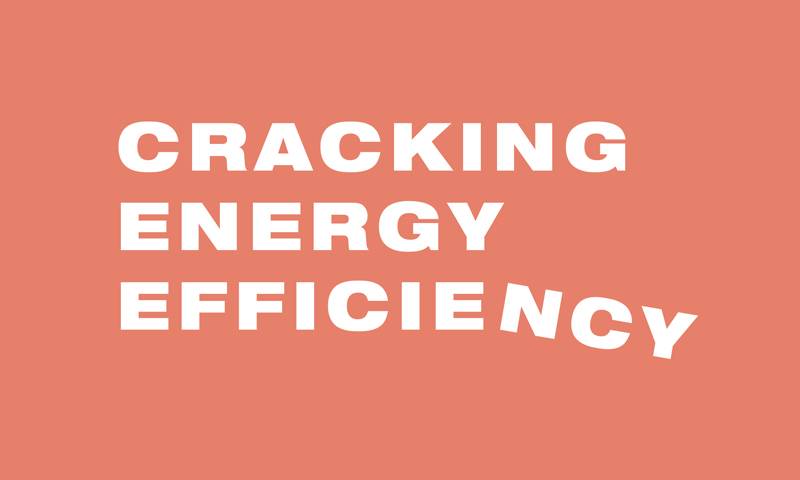The UK’s Clean Growth Strategy shows that the government is starting to understand that energy efficiency is compelling when climate and competitiveness drivers reinforce each other.
 Essay 08: Peter Mallaburn
Essay 08: Peter Mallaburn

Energy Institute
On 12 October 2017, the UK government published its long-awaited Clean Growth Strategy. Although it has since been widely covered in the press, relatively few commentators have mentioned the fact that climate policy is now officially part of industry policy again. I say ‘again’ because there is a neat circularity here – it is exactly 25 years since energy efficiency policy (as climate policy was then known) was taken away from the Department of Trade and Industry (DTI) to form the basis for the UK's first Climate Change Programme.
When climate policy was absorbed back into the DTI’s successor, the Department for Business, Energy and Industrial Strategy (BEIS) in 2016, many were worried that it would get diluted or even cancelled. My view at the time was that BEIS could be a good thing for two reasons. First, we now have the Climate Change Act (CCA) which enshrines our climate obligations in law and, so far, the CCA has proved to be resilient, mainly thanks to the excellent work of the Committee on Climate Change.
The second reason is that recent research shows that industry policy can be a pretty good way of delivering climate policy objectives. In the old Department of Energy and Climate Change (DECC), climate mitigation was isolated in Whitehall; DECC had the policy lead on energy efficiency, but no delivery mechanisms – the levers for reducing energy demand lay elsewhere. BEIS still doesn’t have all the levers – for example, building regulations are controlled by the Department for Communities and Local Government – but it does control industrial policy and thus has far more clout in the Cabinet.
Putting climate and industrial together has another, more subtle advantage when you get into the detail of how policy works. The current generation of energy efficiency programmes (developed in the early 2000s) try to leverage the value of energy cost savings, the so-called “win-win” approach. But for most companies the savings are so small compared to the hassle, up-front investment cost and the compliance risk required to implement them. The UK’s Carbon Reduction Commitment is a good example of this problem. The policy created many winners, but far more losers, and their voices have prevailed ñ it is due to be scrapped in 2019.
These problems led many countries, including the UK, to review their policies. The emerging consensus on what to do about it is to understand what motivates the winners. For example, why do some companies make a big fuss about energy efficiency when the cost savings are marginal? Can we exploit this understanding to create more winners? When you start looking, there are more winners than you expect. Retail chains flaunt their green credentials. Food companies and retailers advertise the carbon footprint of their products. FTSE 100 companies compete to occupy the most efficient office buildings. Local government replaces all their street lights with LEDs. Something other than profit is at play here.
“Academic research shows that energy efficiency is being used to deliver wider company objectives, such as reputation”
Academic research shows that what is happening is that energy efficiency is being used to deliver wider company objectives, such as reputation. This is raising the internal profile, or “salience”, of energy efficiency to senior managers and the Board, which in turn makes it much more likely that the company will invest. These “salience drivers” are predictable: for retailers, energy efficiency boosts their reputation and staff welfare. For banks and energy utilities, it helps to offset the bad reputation of the sector. For the public sector, it shows leadership and fiscal responsibility.
The value of salience is that it allows policymakers to focus on where climate and competitiveness drivers reinforce, rather than conflict. This should help politically because it should only produce winners, and, as they get better at the policy, more winners should emerge. More importantly, in a post-austerity world, aligning climate and competitiveness allows government to work with the grain of the market and let industry do the heavy lifting without the need for costly subsidy programmes.
In the past few years, a new generation of programmes have emerged based on this principle, such as energy performance labelling for buildings in Australia and SME networks in Germany and Switzerland. So far, the UK government hasn't copied any of these programmes. But a number of UK sectors are experimenting with salience principles and the Clean Growth Strategy shows that the government is starting to build the right platform for these types of programmes to flourish in the future.
Dr. Peter Mallaburn is Honorary Senior Research Associate at The Bartlett School of Environment, Energy and Resources. He is also editor of the Climate Policy Journal. peter.mallaburn@ucl.ac.uk
 Close
Close

